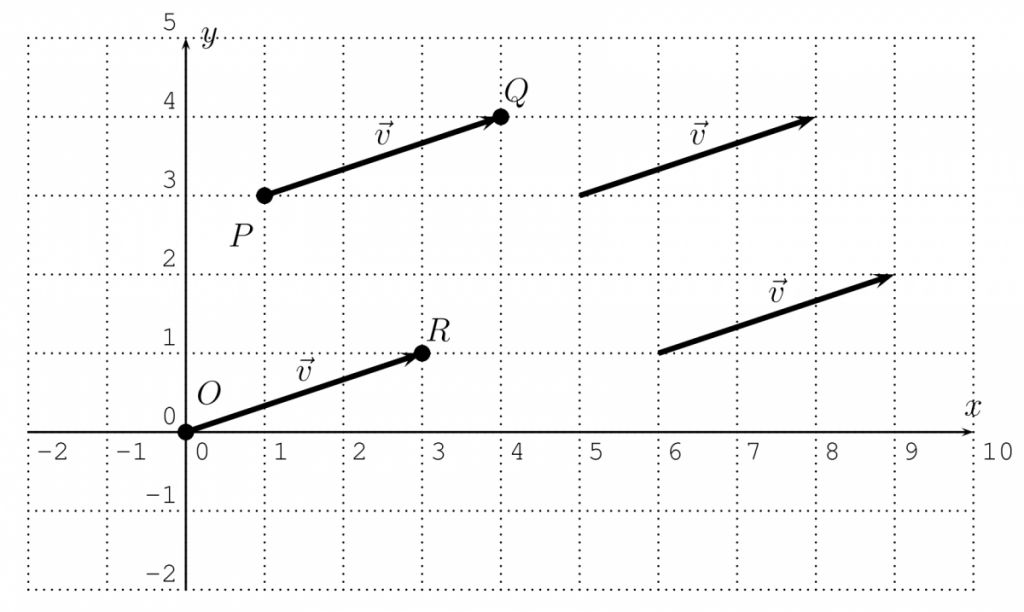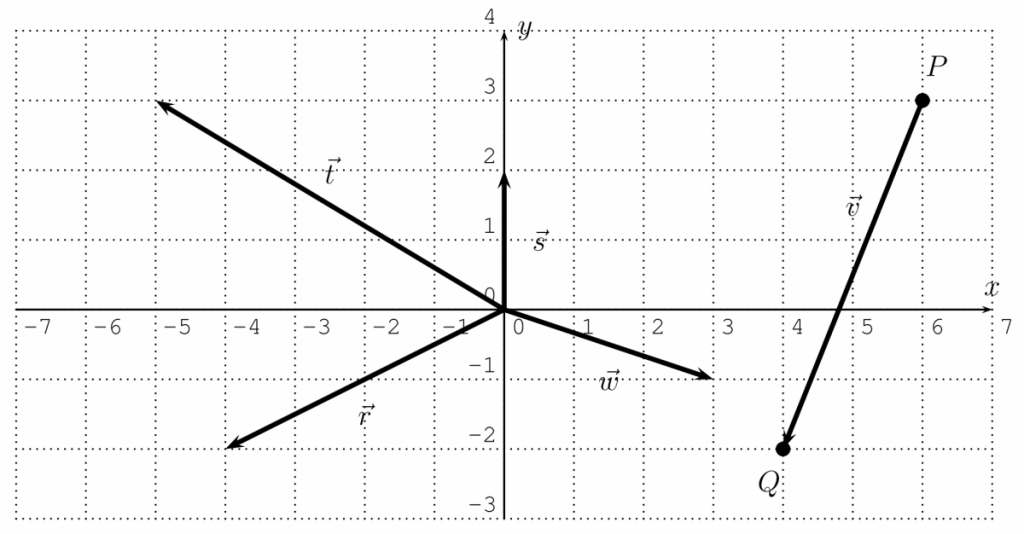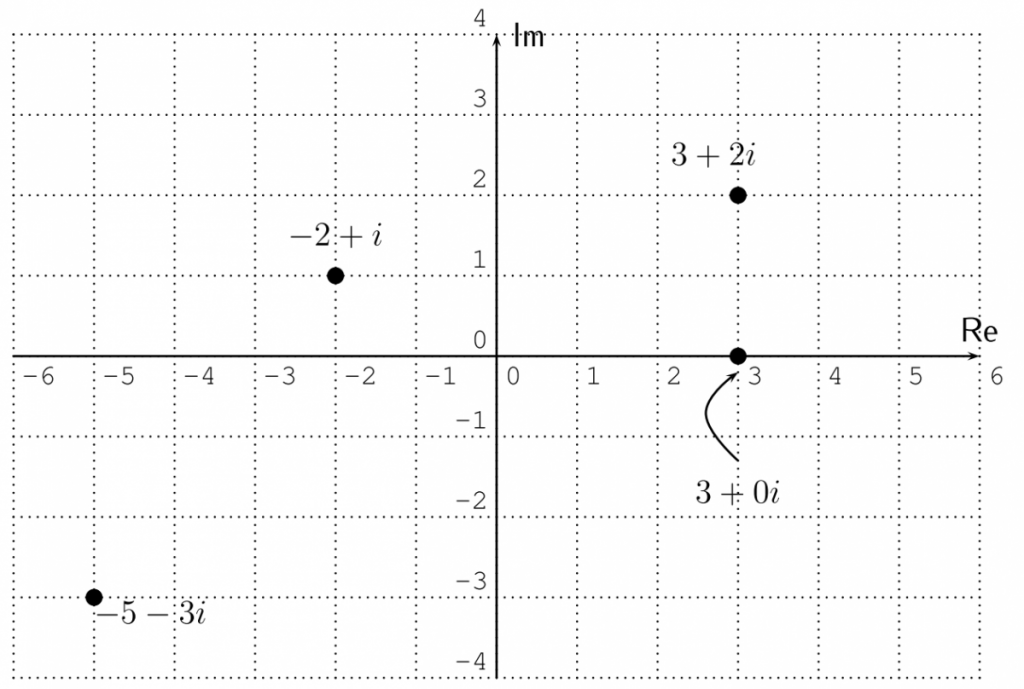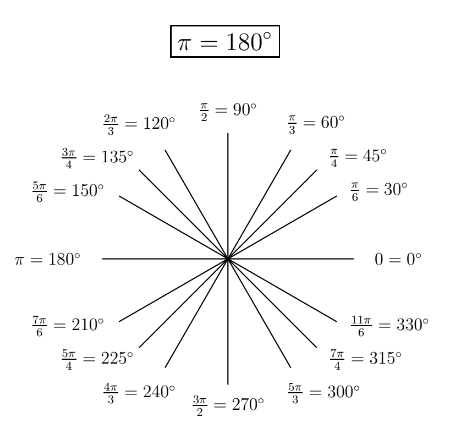Hi everyone! Read through the material below, watch the videos, and send me your questions. Don’t forget to complete the Daily Quiz (below this post) before midnight to be marked present for the day.
Lesson 24: The geometric series
Lesson Date: Tuesday, May 12th.
Topic: This lesson covers Chapter 24: The geometric series
WeBWorK: There are two WeBWorK assignments on today’s material, due in one week:
Sequences – Geometric
Series – Geometric
Question of the day: Can we add up infinitely many numbers?
Lesson NOtes (Notability – pdf):
This .pdf file contains most of the work from the videos in this lesson. It is provided for your reference.
Finite geometric series
Today we look at a new kind of sequence, called a geometric sequence, and the corresponding series, geometric series.
A geometric sequence is a sequence for which we multiply by a constant number to get from one term to the next, for example:

Definition 24.1. A sequence $\left\{a_{n}\right\}$ is called a geometric sequence, if any two consecutive terms have a common ratio $r$. The geometric sequence is determined by $r$ and the first value $a_{1}$. This can be written recursively as:
$$a_{n}=a_{n-1} \cdot r \quad \text { for } n \geq 2$$
Alternatively, we have the general formula for the $n$ th term of the geometric sequence:
$$a_{n}=a_{1} \cdot r^{n-1}$$
Example 24.2. Determine if the sequence is a geometric or arithmetic sequence, or neither or both. If it is a geometric or arithmetic sequence, then find the general formula.
a) $3,6,12,24,48, \dots$
b) $100,50,25,12.5, \ldots$
c) $700,-70,7,-0.7,0.07, \ldots$
d) $2,4,16,256, \dots$
e) $3,10,17,24, \ldots$
f) $\quad-3,-3,-3,-3,-3, \dots$
g) $a_{n}=\left(\frac{3}{7}\right)^{n}$
h) $a_{n}=n^{2}$
VIDEO: Introduction to geometric sequences, Example
Example 24.3. Find the general formula of a geometric sequence with the given property
a) $r=4,$ and $a_{5}=6400$
b) $a_{1}=\frac{2}{5},$ and $a_{4}=-\frac{27}{20}$
c) $a_{5}=216, a_{7}=24,$ and $r$ is positive
VIDEO: Finding the formula of a geometric sequence – Example 24.3
Example 24.4. Consider the geometric sequence $a_{n}=8 \cdot 5^{n-1},$ that is the sequence:
$$8,40,200,1000,5000,25000,125000, \ldots$$
Find the sum of the first 6 terms of this sequence
$$8+40+200+1000+5000+25000=31248$$
VIDEO: Sum of a geometric series – intro example
Observation 24.5. Let $\left\{a_{n}\right\}$ be a geometric sequence, whose $n$ th term is given by the formula $a_{n}=a_{1} \cdot r^{n-1} .$ We furthermore assume that $r \neq 1 .$ Then, the sum $a_{1}+a_{2}+\dots+a_{k-1}+a_{k}$ is given by
$$\sum_{i=1}^{k} a_{i}=a_{1} \cdot \frac{1-r^{k}}{1-r}$$
Example 24.6. Find the value of the geometric series.
a) Find the sum $\sum_{n=1}^{6} a_{n}$ for the geometric sequence $a_{n}=10 \cdot 3^{n-1}$
b) Determine the value of the geometric series: $\sum_{k=1}^{5}\left(-\frac{1}{2}\right)^{k}$
c) Find the sum of the first 12 terms of the geometric sequence
$$-3,-6,-12,-24, \dots$$
VIDEO: The sum of a finite geometric series, Example 24.6
Infinite geometric series
Sometimes it makes sense to add up not just a finite number of terms in a sequence, but ALL the terms (infinitely many!).
Example 24.7. Consider the geometric sequence
$$1, \frac{1}{2}, \frac{1}{4}, \frac{1}{8}, \frac{1}{16}, \ldots$$
What is the initial term? What is the common ratio?
Let’s try adding up some of the terms. Try this by hand, and by using the formula for finite geometric series. What happens if we add up ALL the terms?
VIDEO: Infinite geometric series – intro example and formula
Definition 24.8. An infinite series is given by the formula
$$\sum_{i=1}^{\infty} a_{i}=a_{1}+a_{2}+a_{3}+\ldots$$
Observation 24.9. Let $\left{a_{n}\right}$ be a geometric sequence with $a_{n}=a_{1} \cdot r^{n-1}$ Then the infinite geometric series is defined whenever $-1<r<1$. In this case, we have:
$$\sum_{i=1}^{\infty} a_{i}=a_{1} \cdot \frac{1}{1-r}$$
$\quad$
Example 24.10. Find the value of the infinite geometric series.
a) $\sum_{j=1}^{\infty} a_{j},$ for $a_{j}=5 \cdot\left(\frac{1}{3}\right)^{j-1}$
b) $\sum_{n=1}^{\infty} 3 \cdot(0.71)^{n}$
c) $500-100+20-4+\ldots$
d) $3+6+12+24+48+\ldots$
Example 24.11. Consider the real number given by $0.555555\dots$. Rewrite this number as an infinite geometric series. Can you figure out what fraction it is equal to?
VIDEO: Infinite geometric series – examples






















